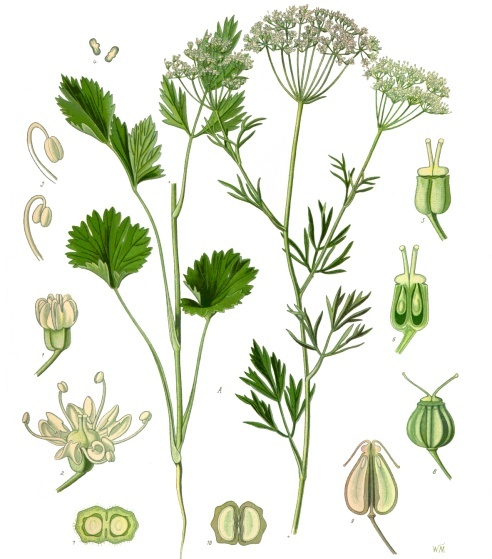daxliniere
Member
- Messages
- 175
- Location
- North London, UK
Hey gang,
I had an hilarious 'encounter' with AI this morning after I was suddenly hit with the desire to learn how sintered bearings are made. I asked Perplexity, which I generally find to give better results than ChatGPT and even Gemini (which is pretty good), to "explain the process of making a sintered bearing".. however, being voice controlled, it misheard sintered as scented, and this is where the hilarity began...
And it's probably not wrong. It's hilarious to imagine walking into a plant room and smelling rosemary.
Hope you got a chuckle from that, too.
I had an hilarious 'encounter' with AI this morning after I was suddenly hit with the desire to learn how sintered bearings are made. I asked Perplexity, which I generally find to give better results than ChatGPT and even Gemini (which is pretty good), to "explain the process of making a sintered bearing".. however, being voice controlled, it misheard sintered as scented, and this is where the hilarity began...
The process of making a scented bearing involves modifying the standard manufacturing steps of a self-lubricating, oil-impregnated bearing by introducing a scented oil during the impregnation stage. First, metal powder is mixed and pressed into the desired bearing shape, then sintered at high temperatures to fuse the particles together, resulting in a porous structure. After sintering, the bearing is calibrated for precise dimensions and surface quality.
The critical step for creating a scented bearing is the impregnation process. Here, instead of standard lubricating oil, a specially formulated scented oil is used. The porous bearing is submerged in this scented oil, often under vacuum, allowing the oil to fully penetrate and fill the internal pores. When the bearing is in use, friction and heat cause the scented oil to slowly release from the pores, providing both lubrication and a continuous fragrance.
This approach combines the functional benefits of self-lubrication with the added feature of scent release, which can be customized according to the desired fragrance by altering the oil formulation.
And it's probably not wrong. It's hilarious to imagine walking into a plant room and smelling rosemary.
Hope you got a chuckle from that, too.













